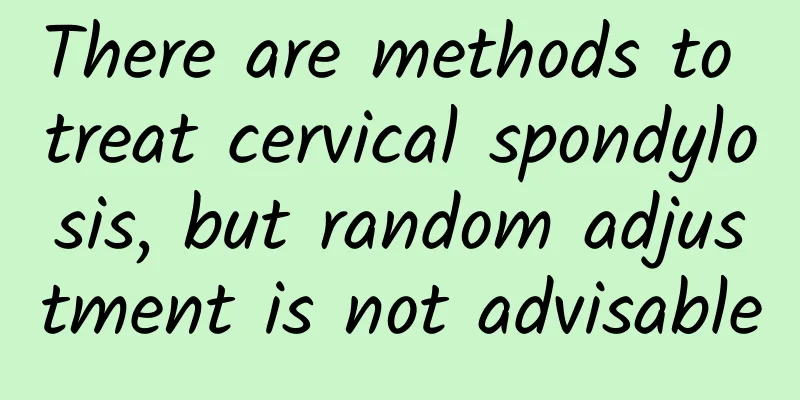Precautions for diatomite surgery

|
The hymen is located inside the vagina. If a woman has certain problems and needs special treatment, a hymenotomy is required. Both the hymen and the vagina are relatively fragile, so you must be very careful when performing a hymenotomy, and the patient also needs to pay attention to certain matters after the operation. Here we will introduce you to the relevant knowledge about hymenotomy! 1. Indications The hymen is located between the vulvar canal and the urogenital sinus. When the vagina and vulva differentiate, the originally closed hymen is perforated to connect the vagina and the vaginal vestibule, and the unperforated hymen becomes an imperforate hymen. It is often found when people seek medical attention for lower abdominal pain, dysuria, and pelvic mass caused by primary amenorrhea and intrauterine blood. Hymenotomy is indicated for: 1. After puberty, if there is no menstruation and periodic lower abdominal pain occurs, it may lead to blood accumulation in the vagina, uterus, and fallopian tubes, and secondary pelvic endometriosis or infection. Once diagnosed, surgery should be performed as soon as possible. 2. For young girls with imperforate hymen, surgery can be performed after their development is slightly more mature. 2. Surgical steps 1. First puncture the center of the bulging part of the vaginal opening to understand the thickness and contents of the atretic hymen. Generally, a small amount of accumulated menstrual blood can be extracted. 2. Make an "X"-shaped incision at the protruding part of the vaginal opening. The incision line can reach close to the hymen ring to fully discharge the menstrual blood retained in the vagina. 3. After wiping away the accumulated blood, check the vagina and cervix for deformities or stenosis. Use a probe to probe the uterine cavity and cervical canal. A small dilator can be used to dilate the cervix so that the accumulated blood in the uterine cavity can flow out. The blood accumulated in the fallopian tube can be discharged gradually. Be careful not to press the abdomen or uterus during the operation to avoid the menstrual blood flowing back into the abdominal cavity or the rupture of the blood accumulated in the fallopian tube. 4. Trim the cutting edge of the hymen to form a circular hymen opening. 5. The cut edge of the hymen can be sutured intermittently with 2-0 or 3-0 absorbable sutures. If there is no bleeding at the cut edge of the hymen, no suture is required. 3. Postoperative treatment The following treatments are done after hymenotomy: 1. Take a semi-recumbent position. You can sit up or get out of bed to move around after the operation to facilitate menstrual blood drainage. 2. Keep the vulva clean. Avoid sitz baths or vaginal lavage to prevent ascending infection. 3. For those with thick atretic hymen tissue, a vaginal model can be placed to avoid contracture of the incision edge or vaginal stenosis. |
<<: Lochia smells fishy after cesarean section
>>: Precautions for 5 months of pregnancy
Recommend
What causes nipple swelling and pain?
Sometimes women feel a dull pain in their breasts...
Menstrual flow is too light
Menstruation is unique to women and can last for ...
Does taking insulin during pregnancy affect the fetus?
Pregnancy is a true happiness for every woman. Du...
Why do women get pregnant?
For married women, they all hope to have their ow...
Skin care products suitable for 18-year-old girls
With the development of economy and the improveme...
What is snail cream? What are the functions of snail cream?
Snail cream has so many benefits, especially for ...
Pictures of dark brown discharge
If a woman has brown vaginal discharge, it often ...
Will my belly swell during pregnancy?
Pregnant mothers become the focus of protection i...
Why do you have diarrhea in early pregnancy?
I believe the health of pregnant women is an issu...
Yellowish brown color in lower body after abortion
Abortion is very harmful to women, so women who d...
How to avoid gaining weight by eating hot pot? Can women eat hot pot during menstruation?
In winter, people always eat hot pot. If people w...
How to catch yellow croaker? Nutritional value of yellow croaker
The scientific name of yellow catfish is Pelteoba...
How to eat grapefruit without bitterness? Can grapefruit cause diarrhea?
Grapefruit is a relatively cold food, especially ...
Causes of chronic mastitis
I believe everyone knows the importance of breast...









